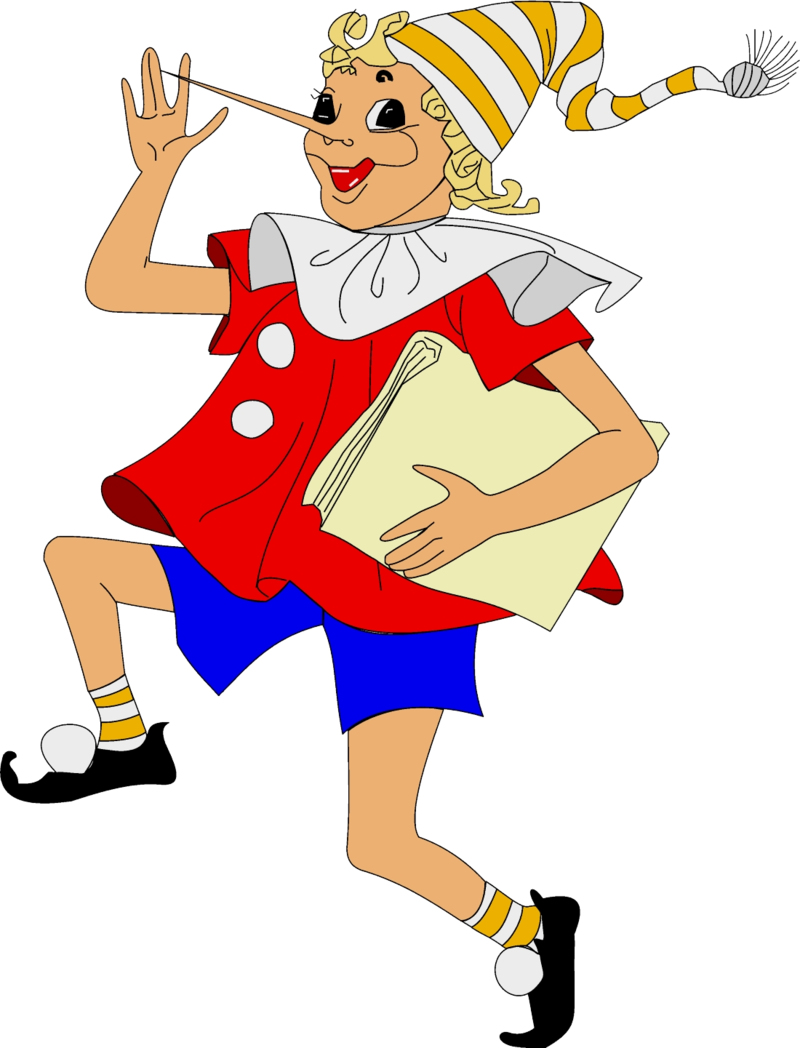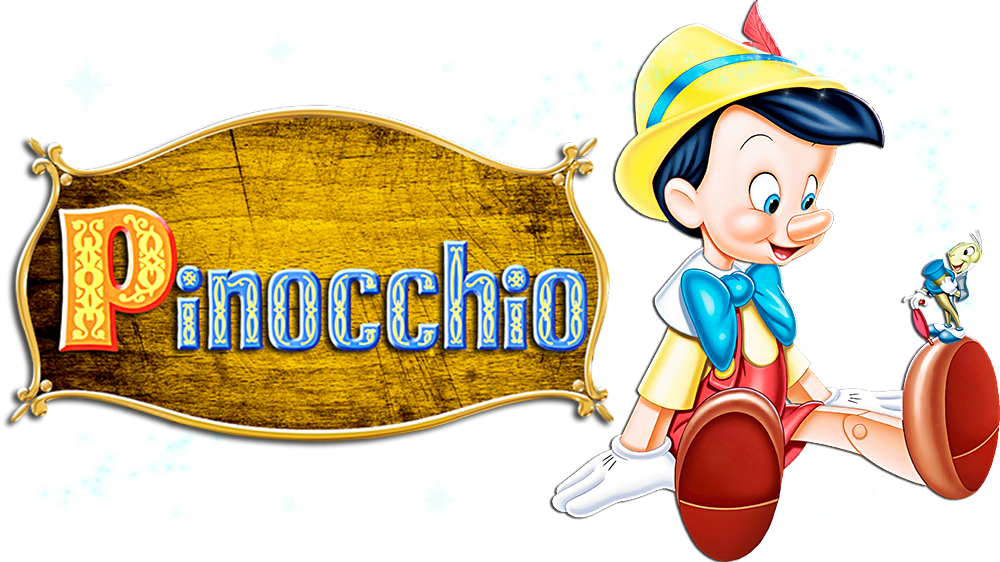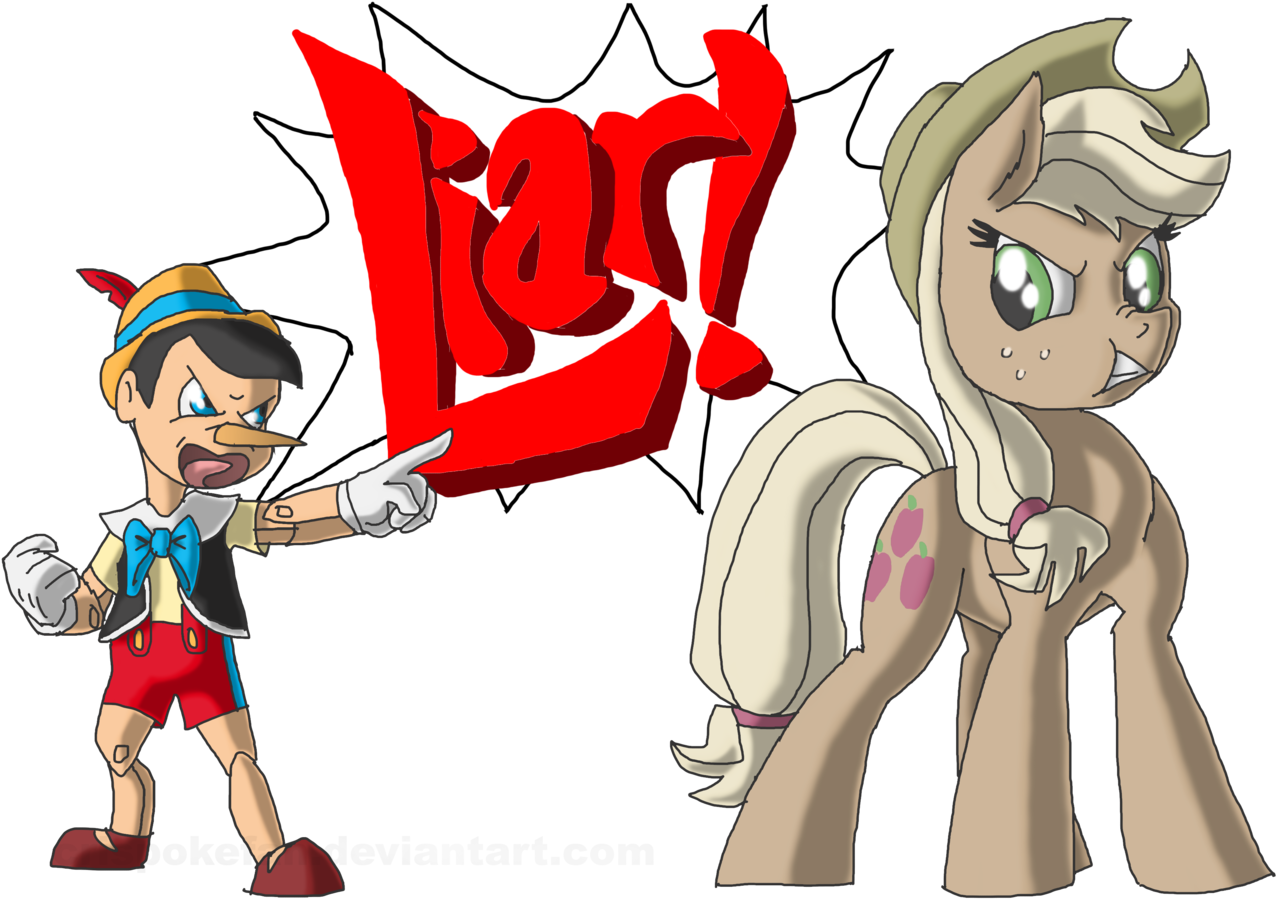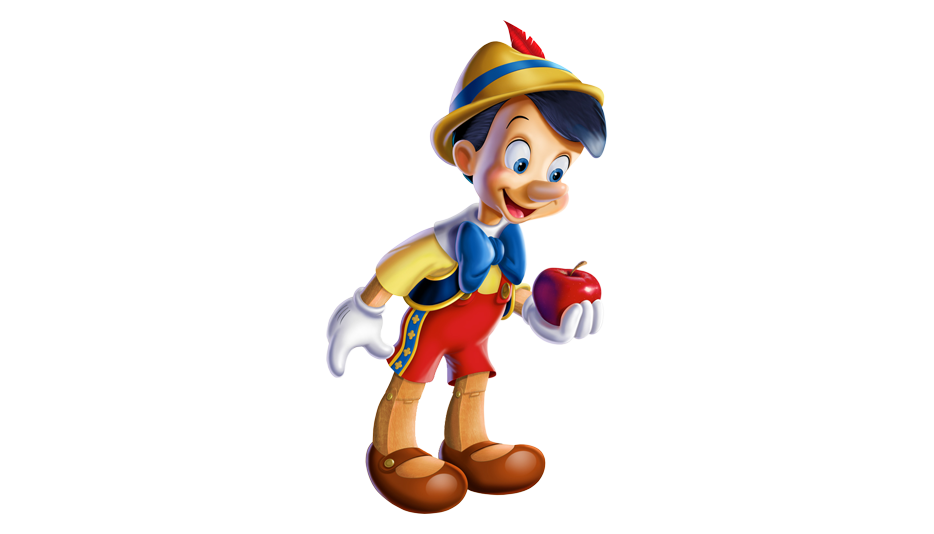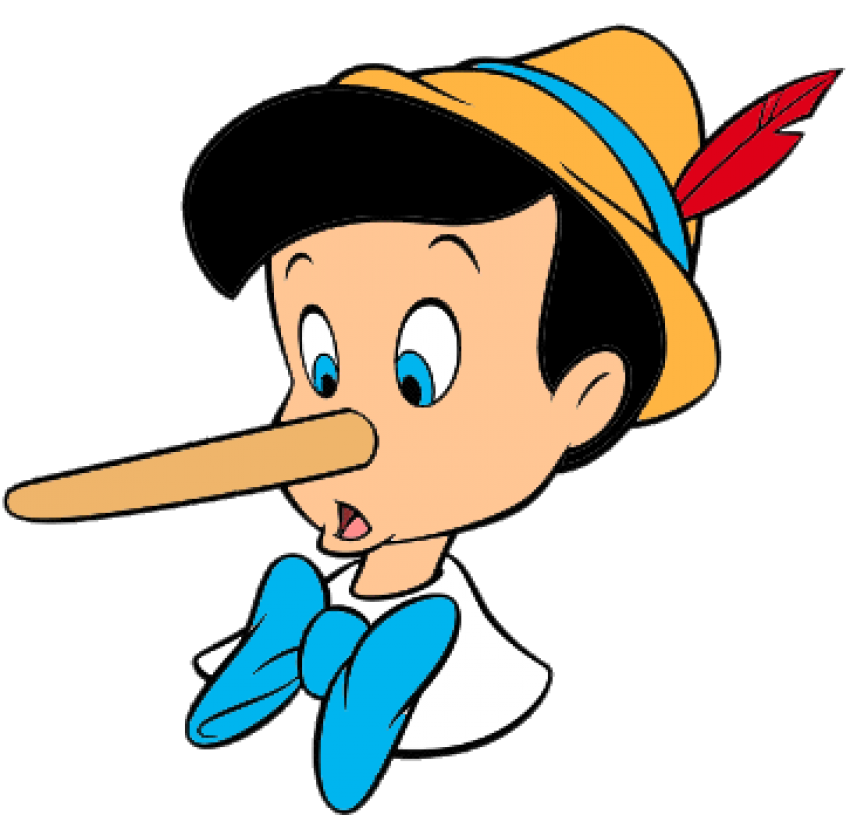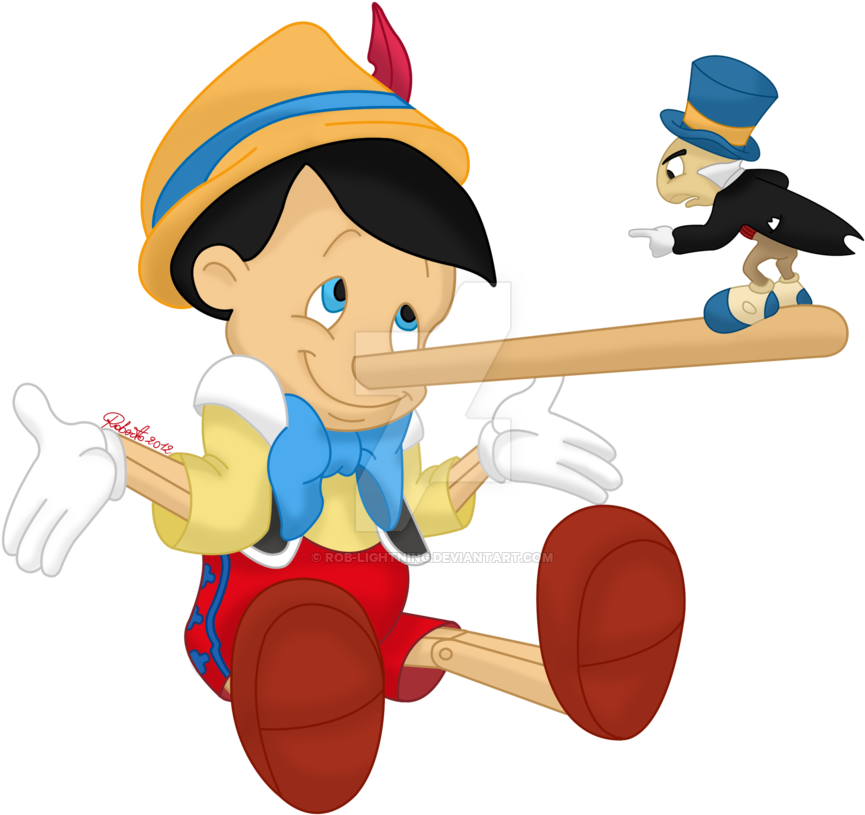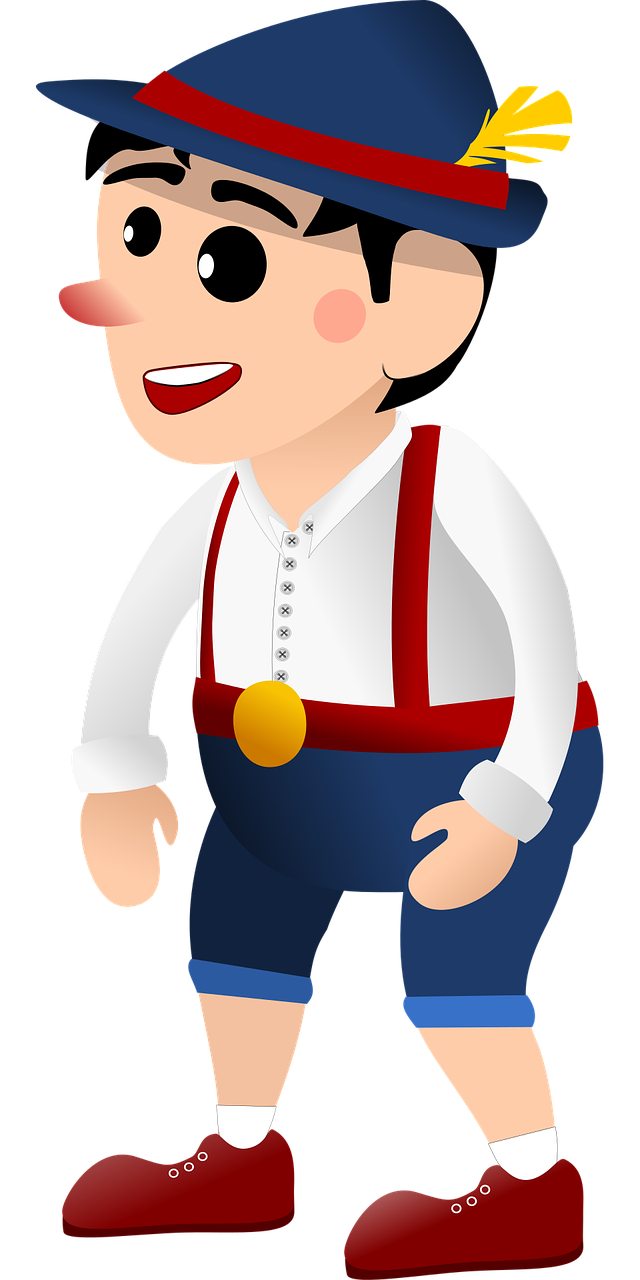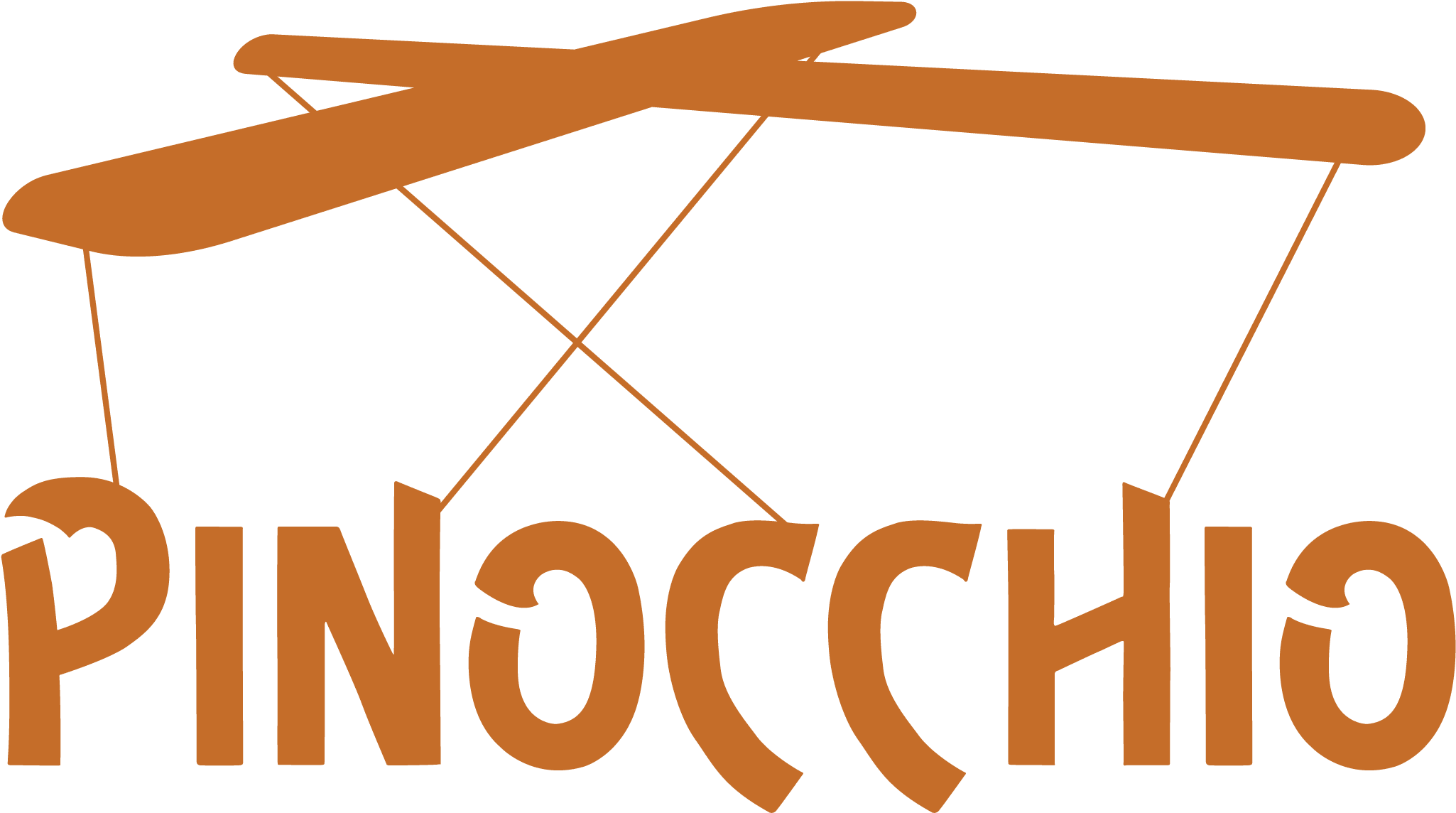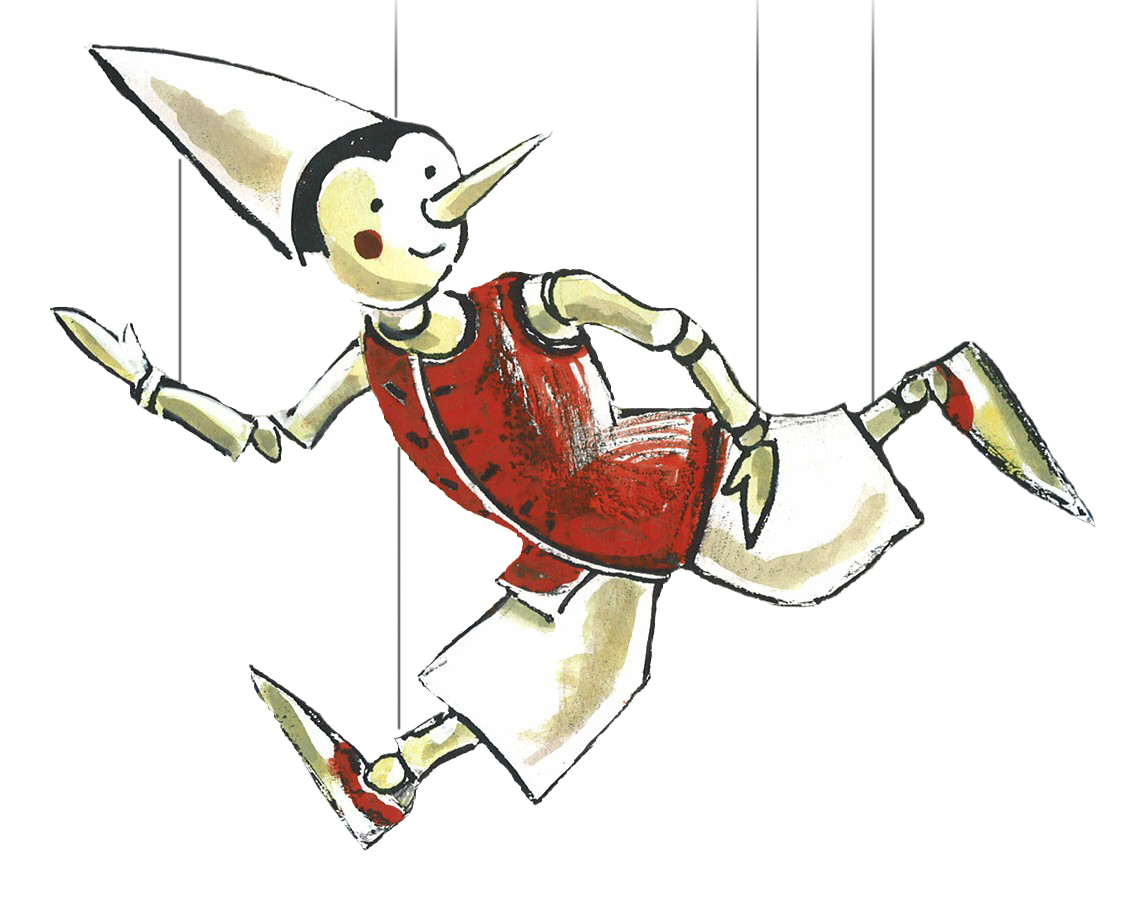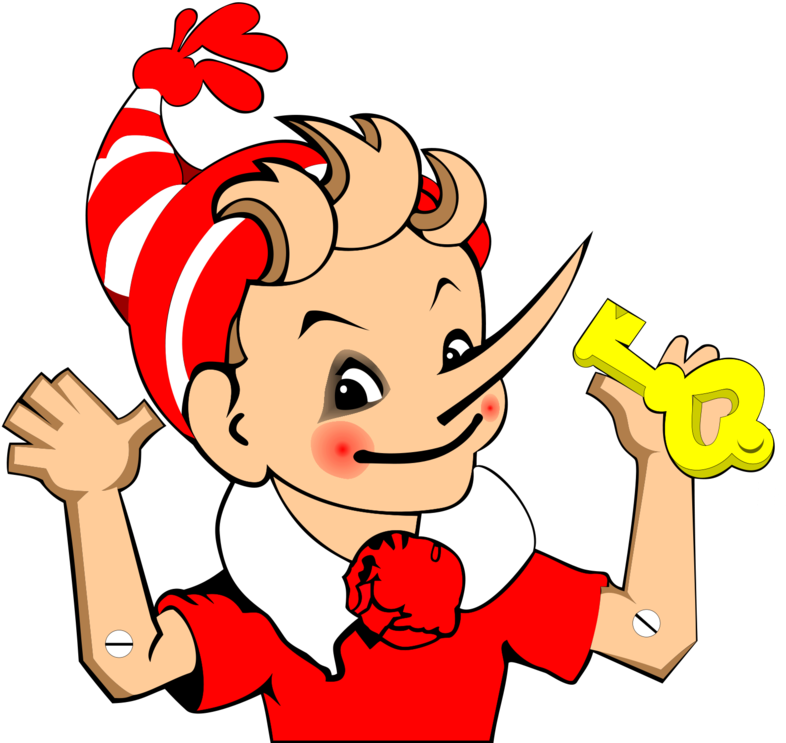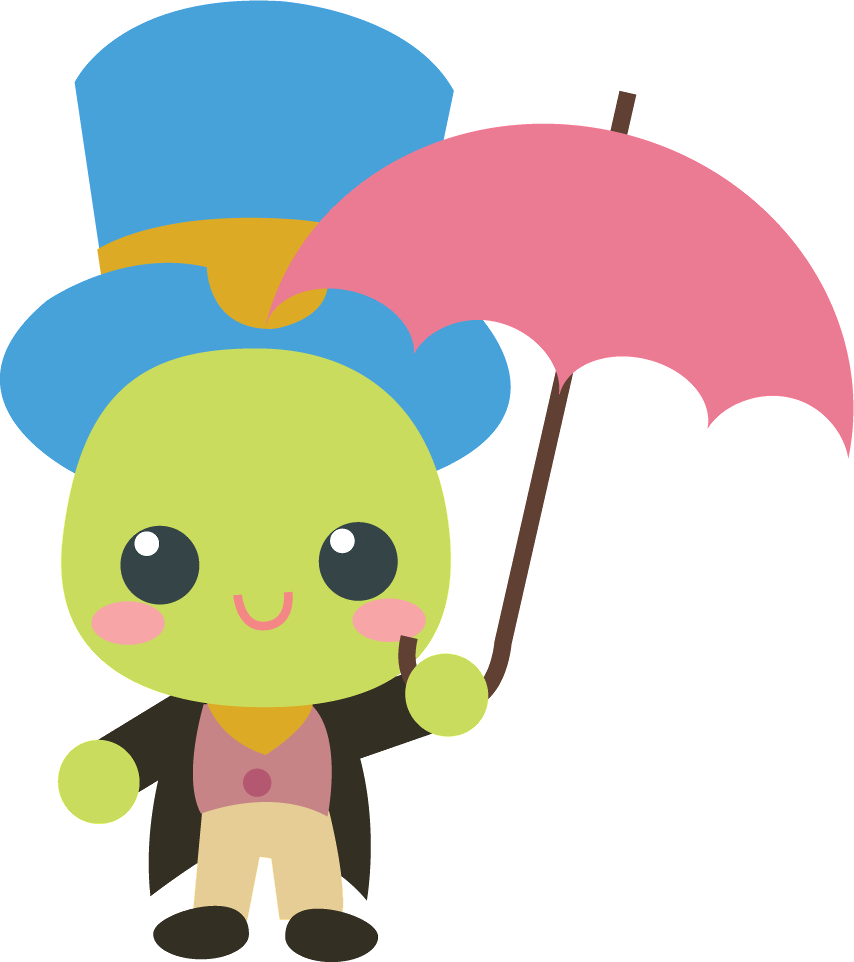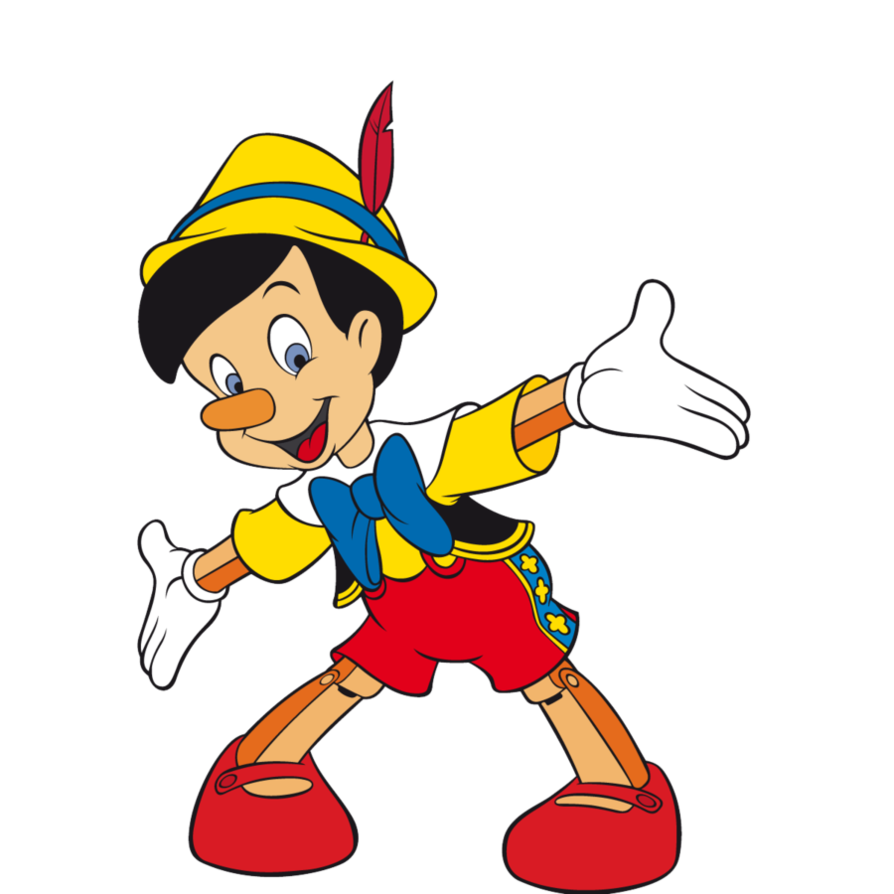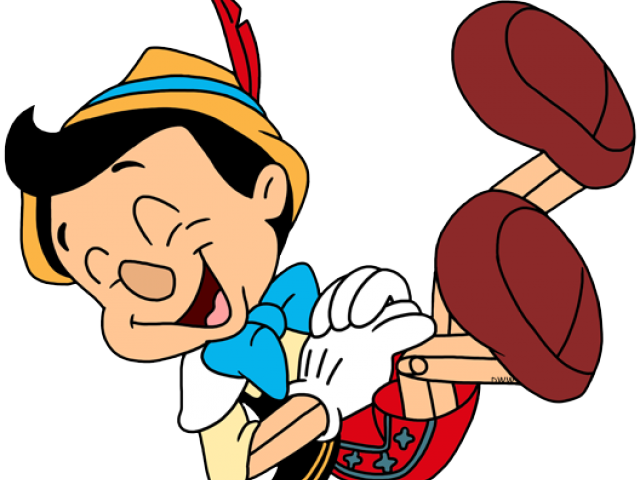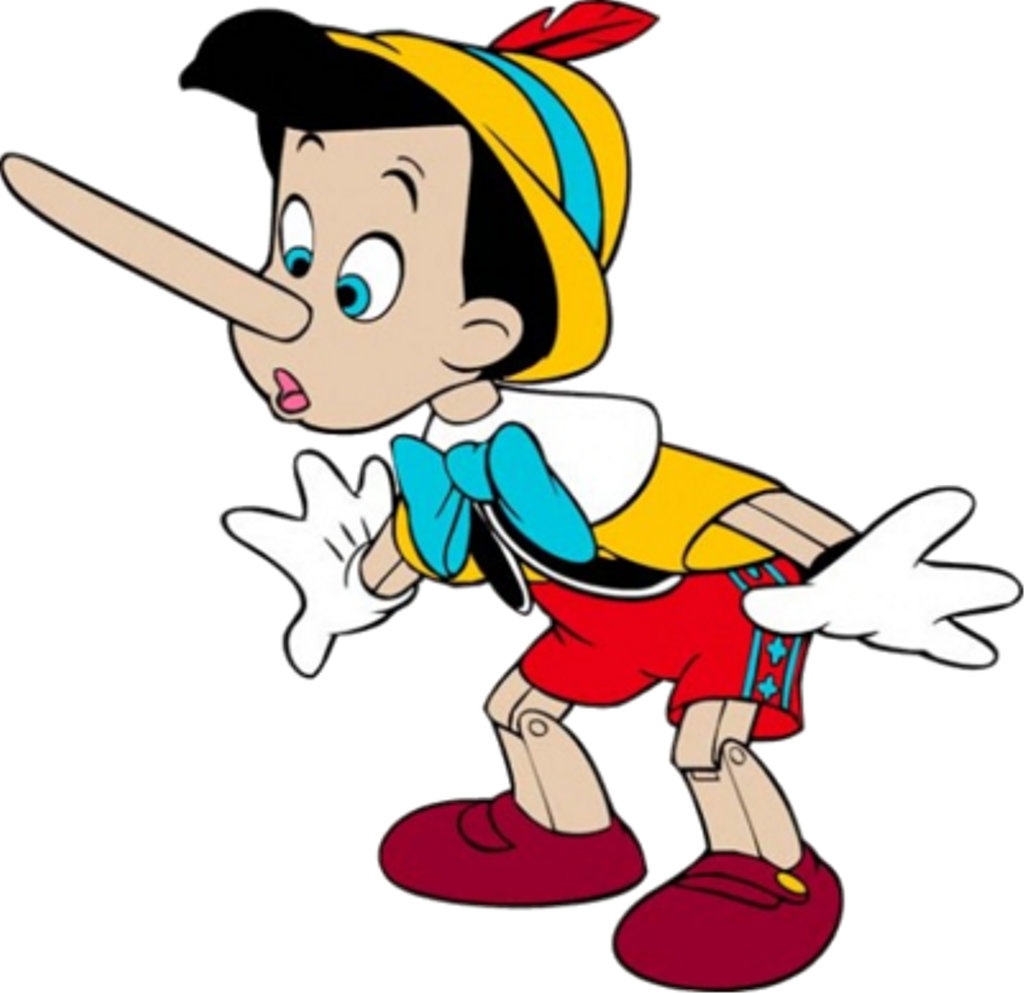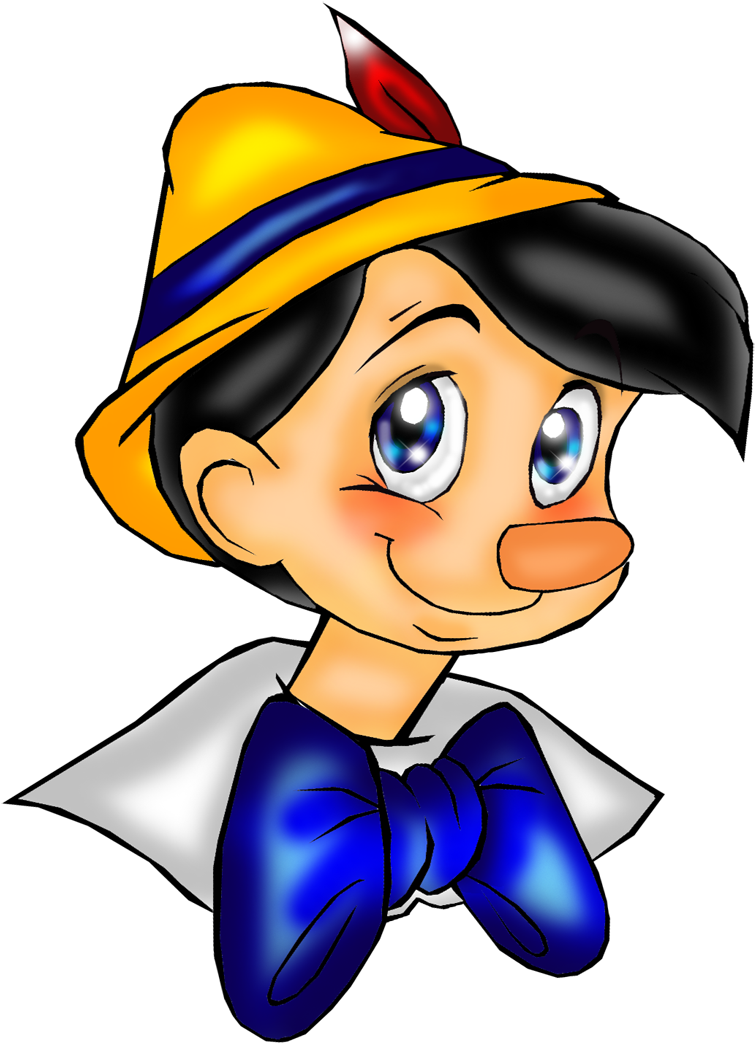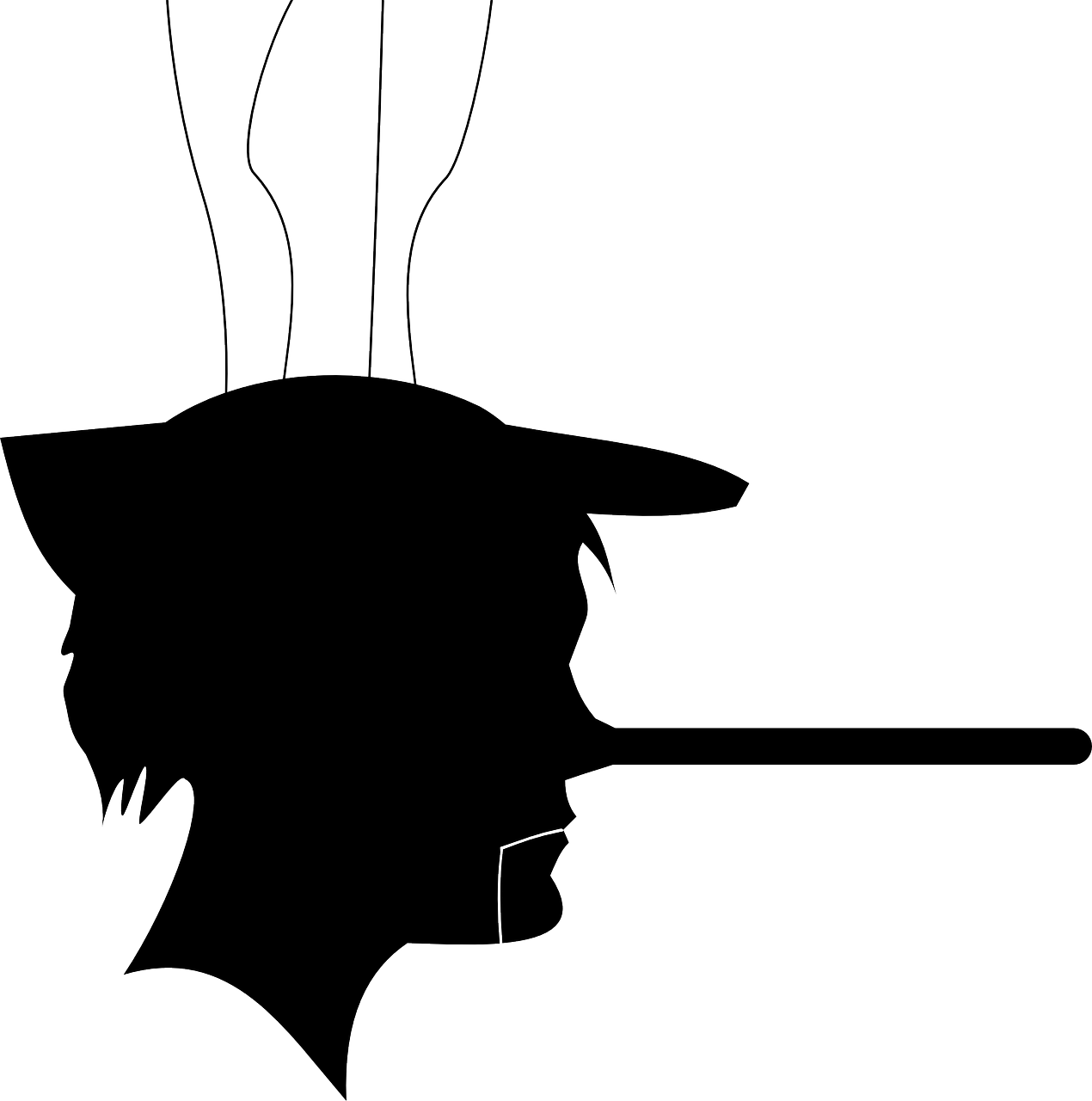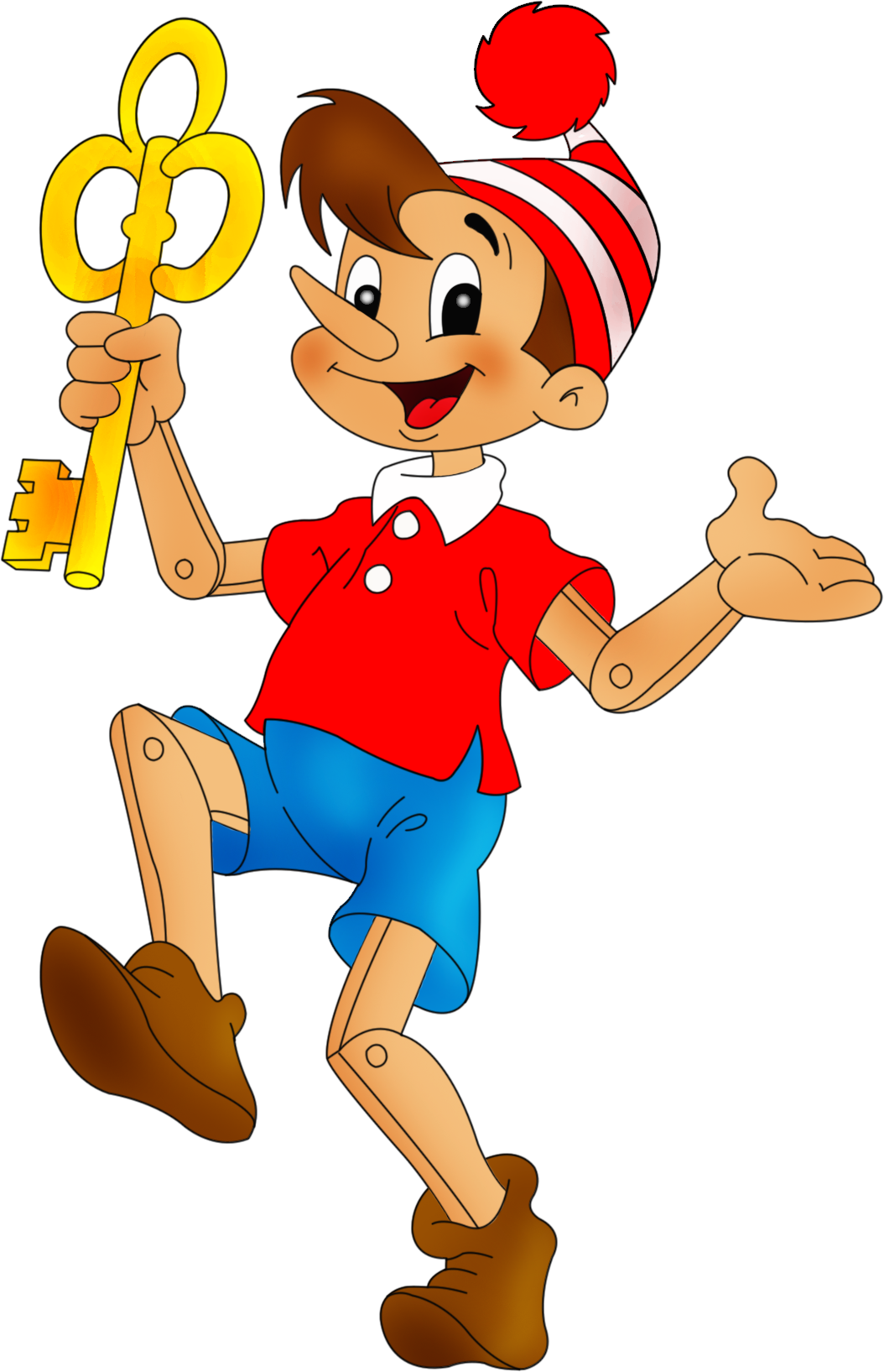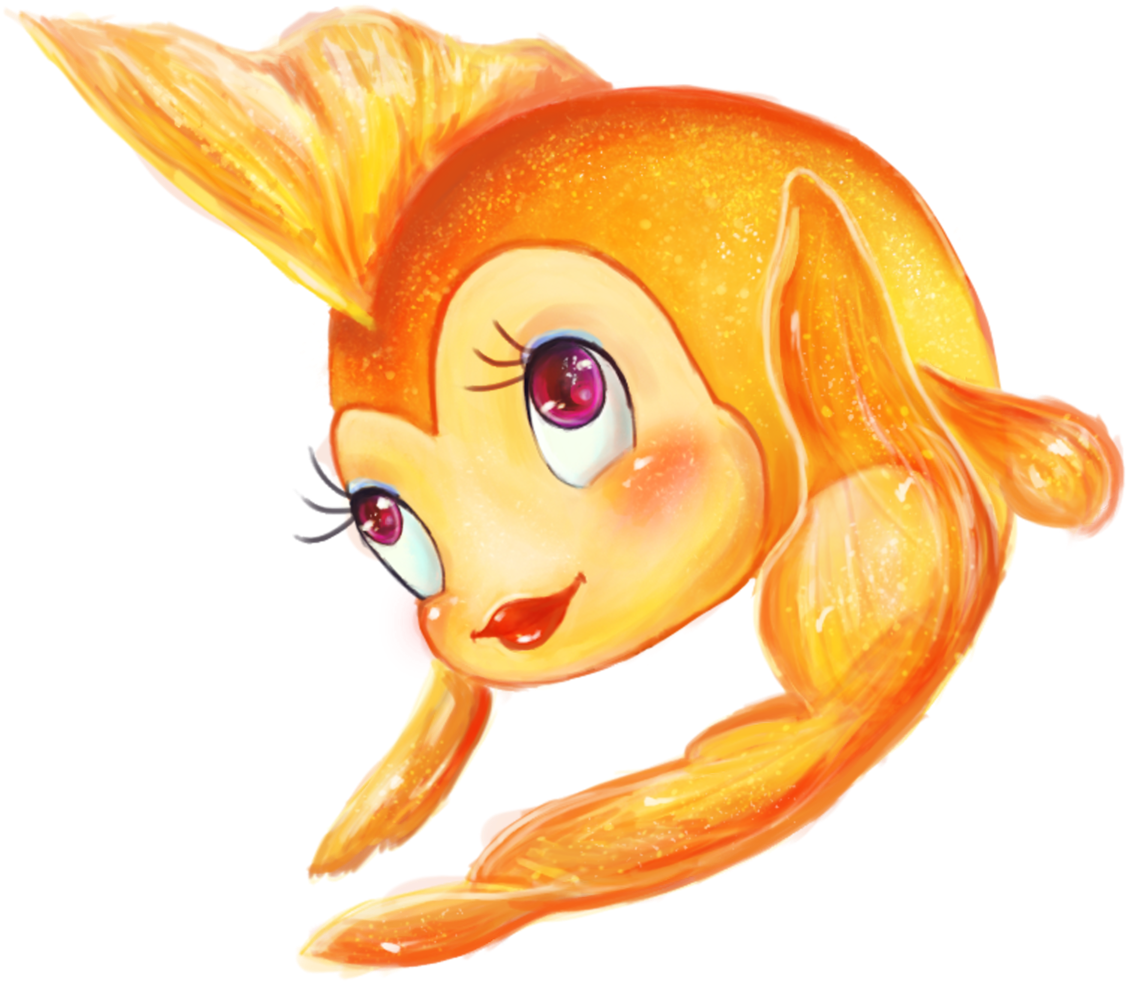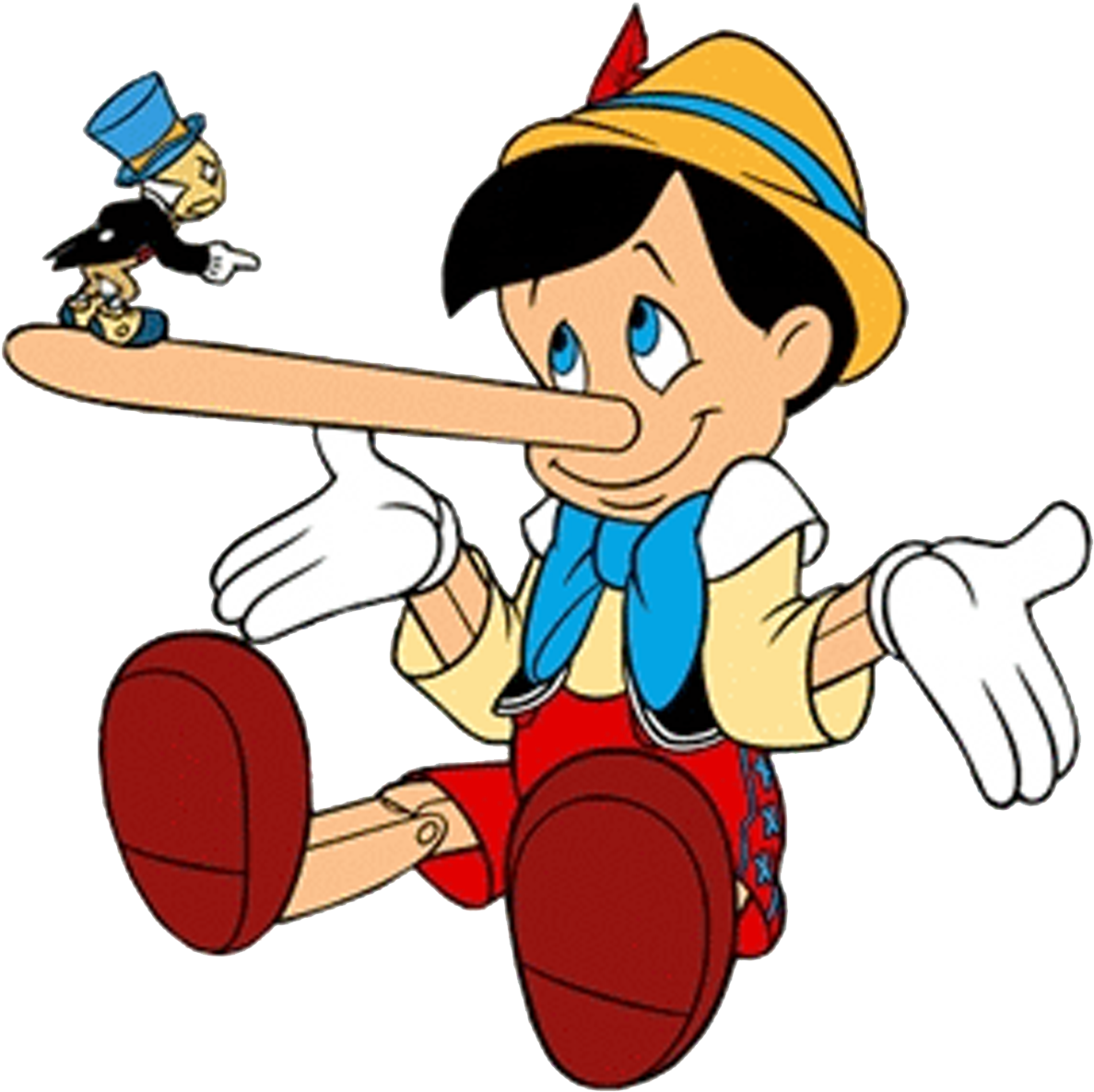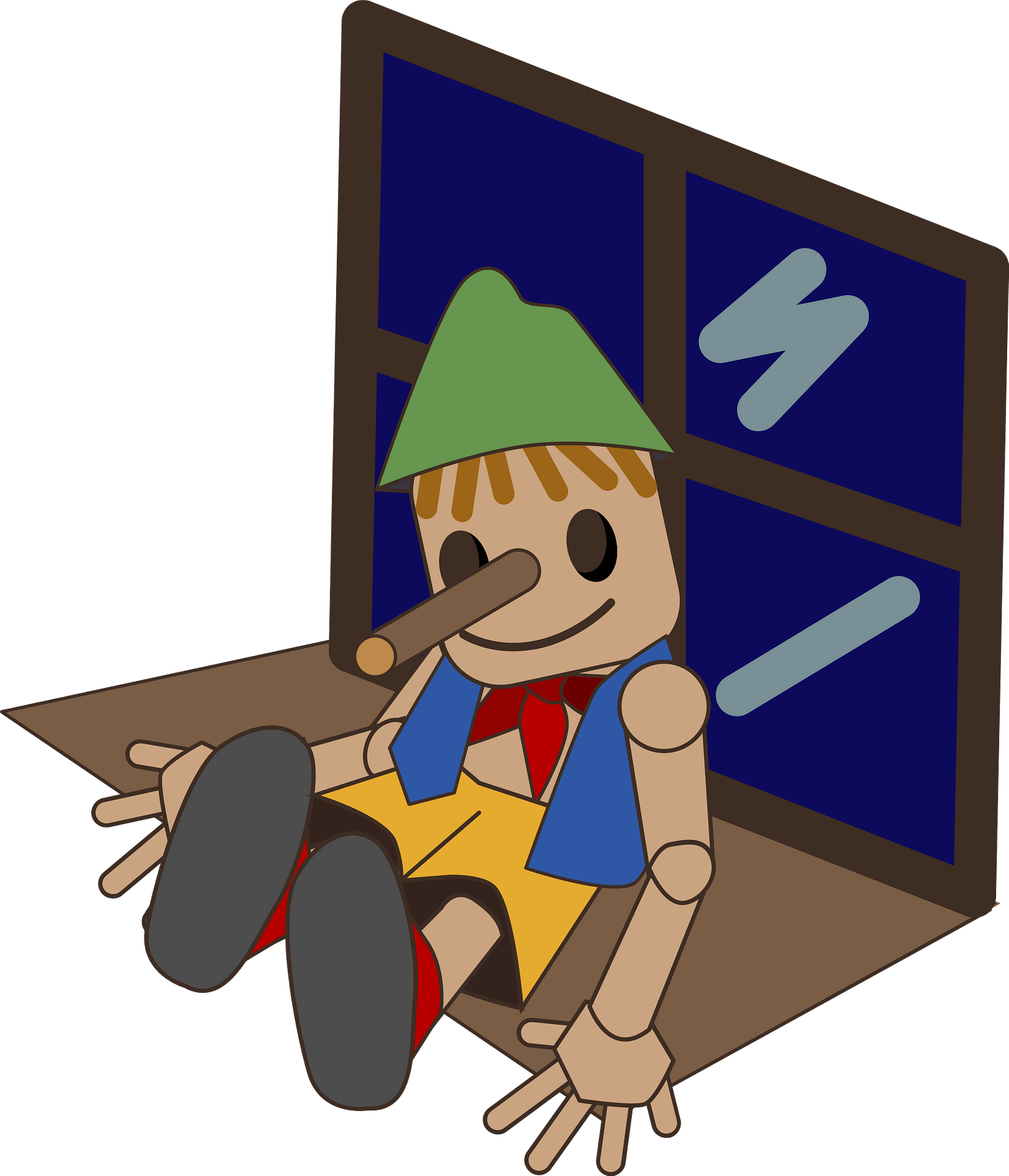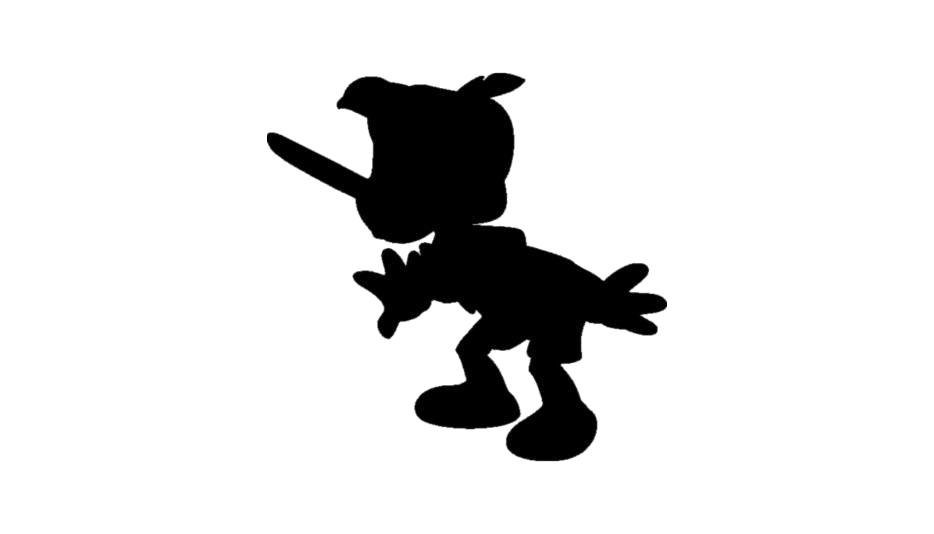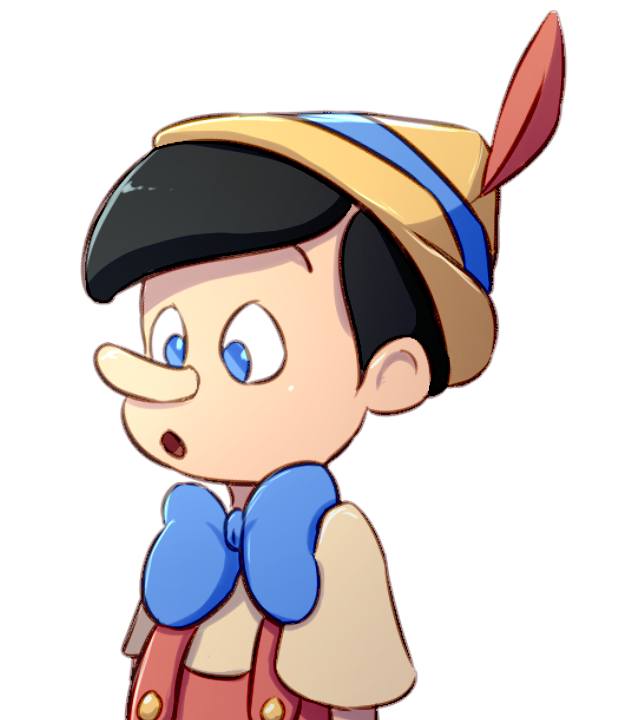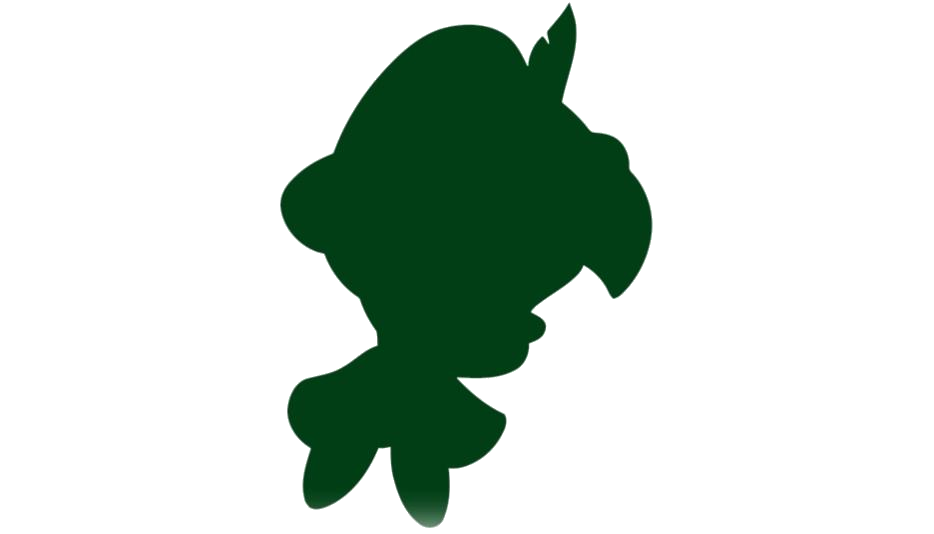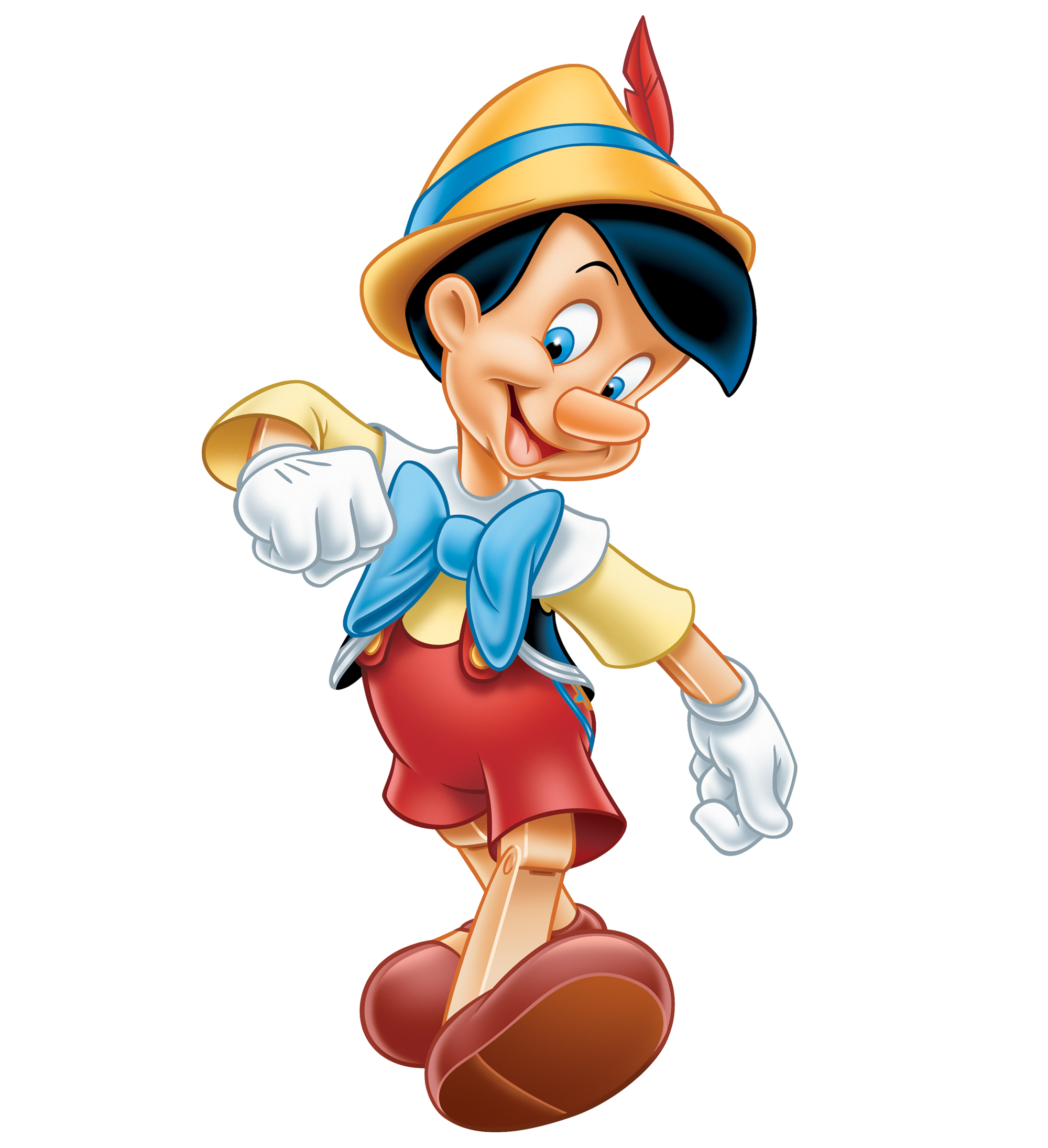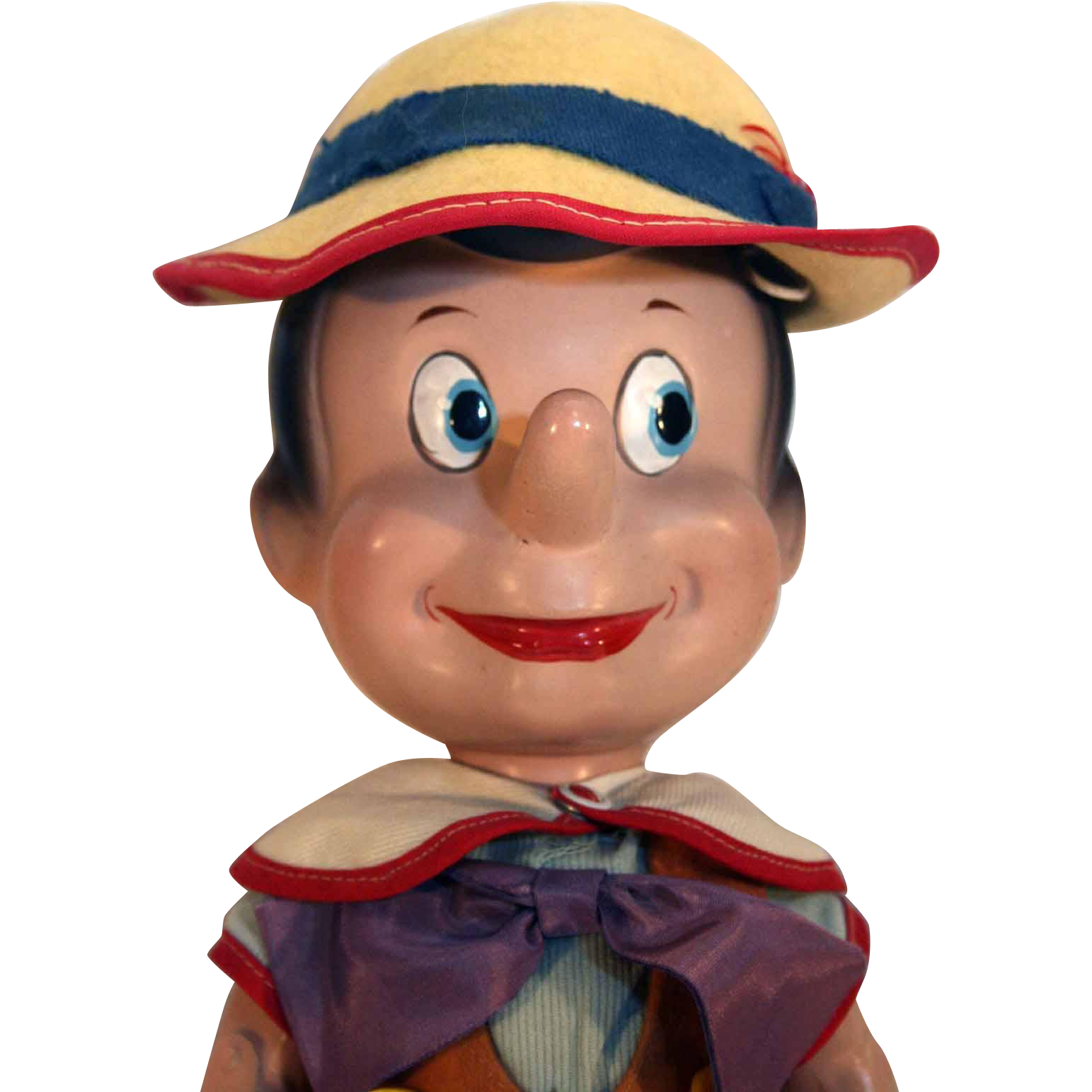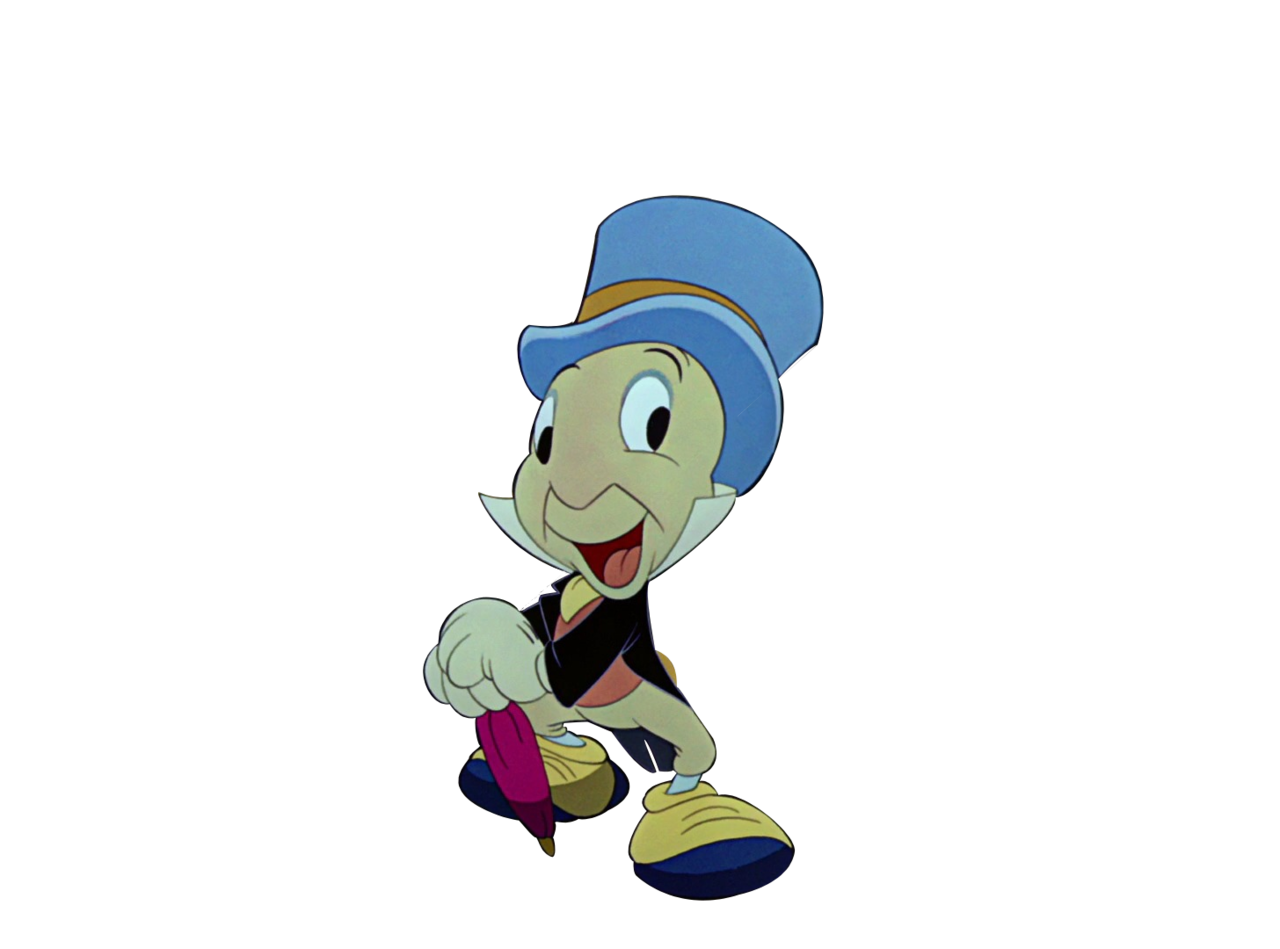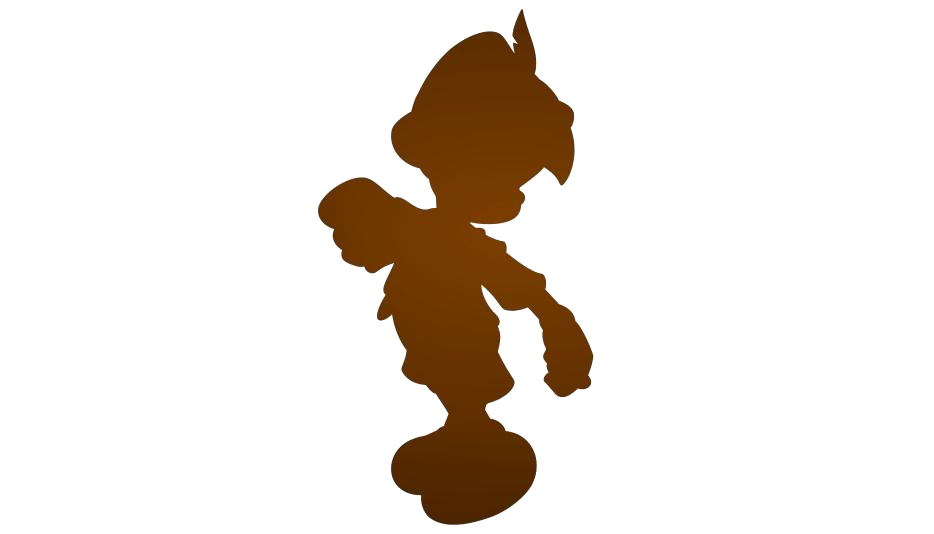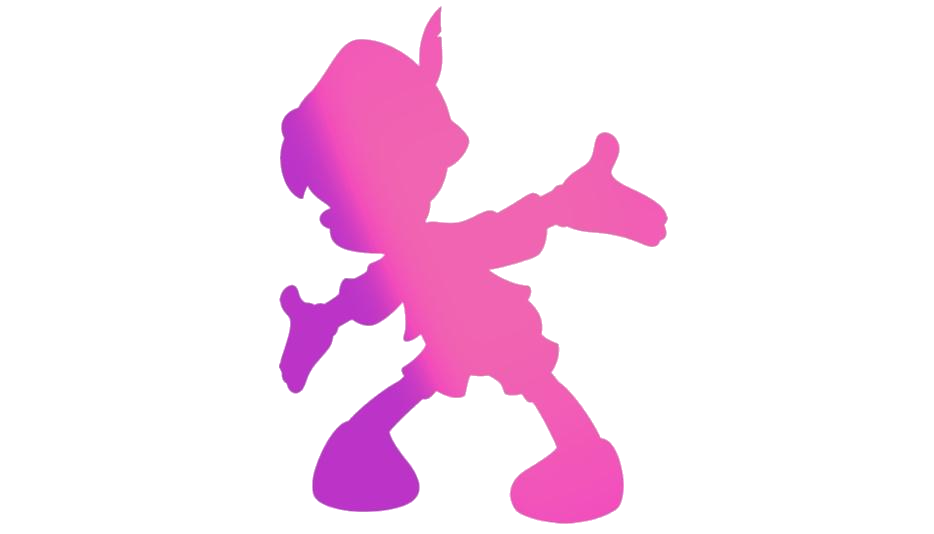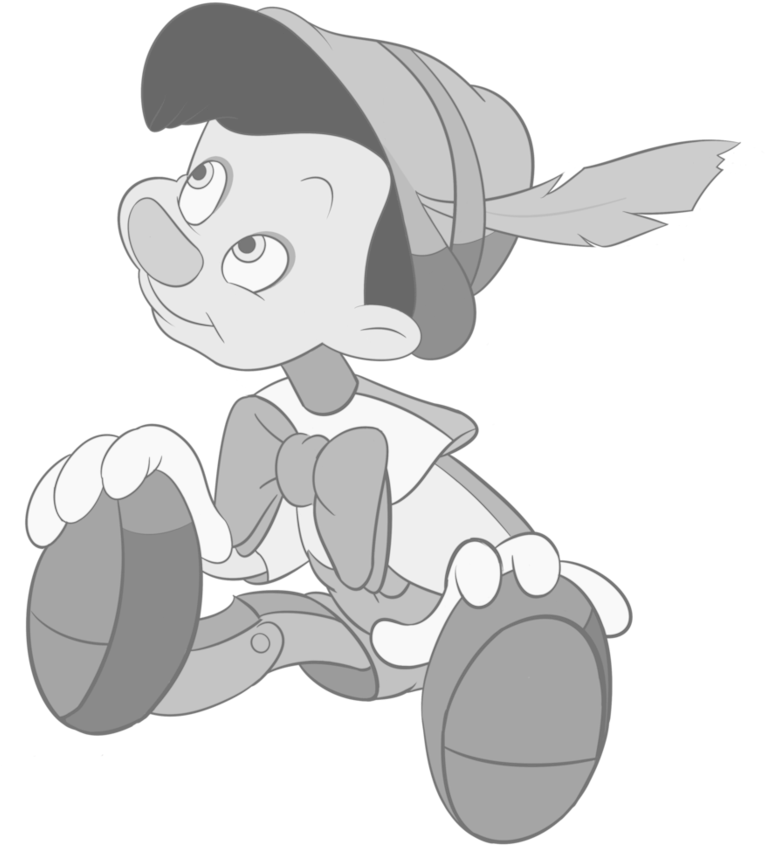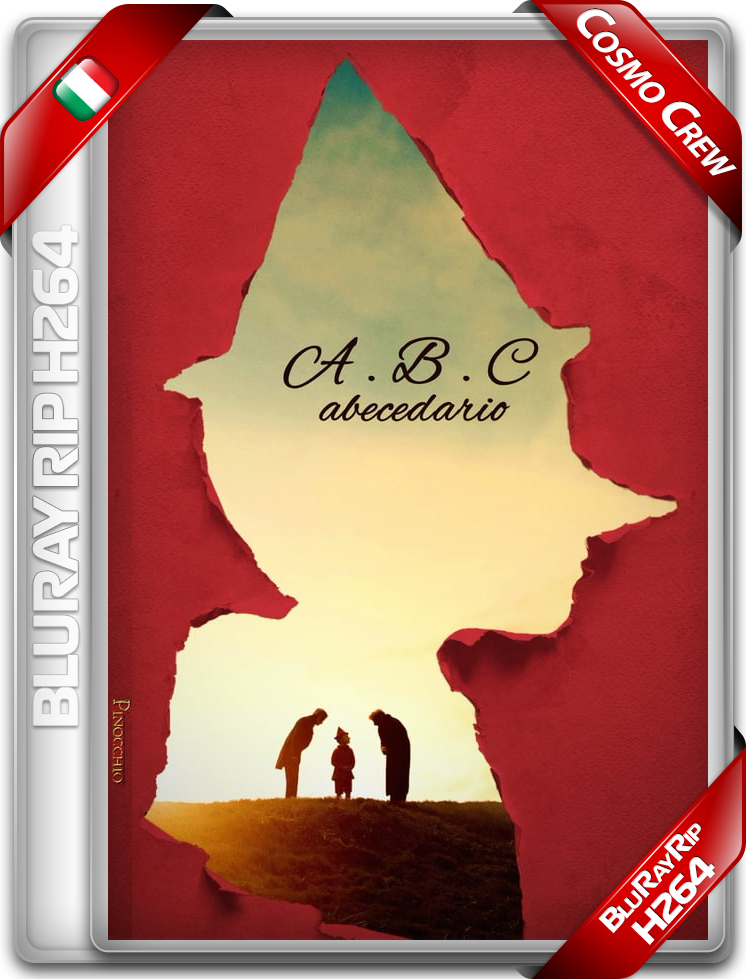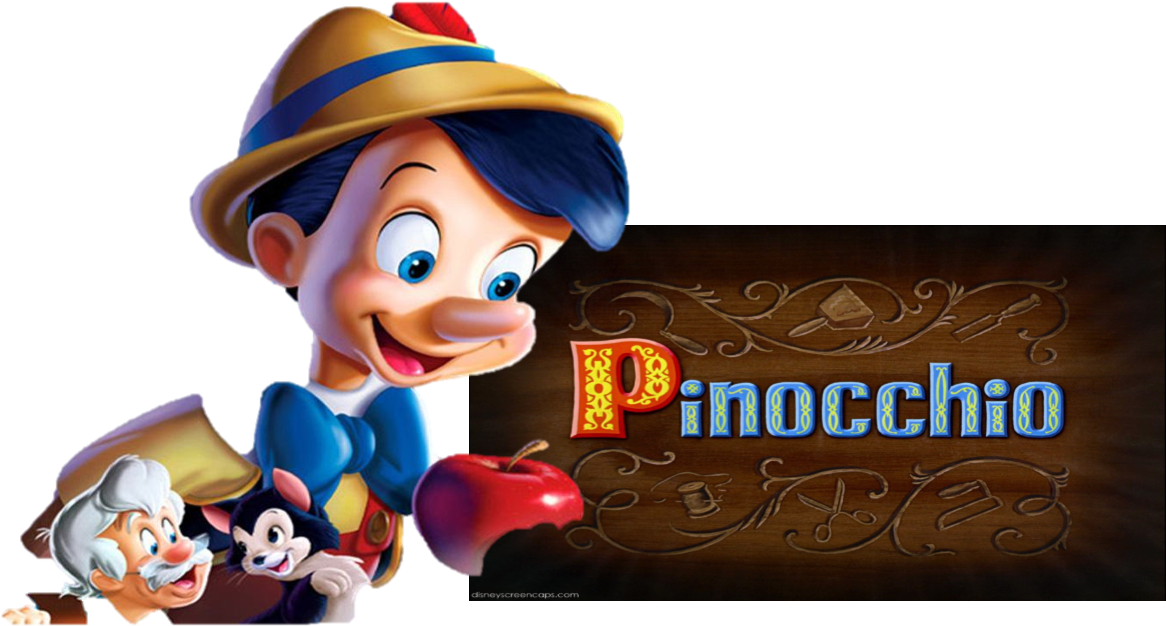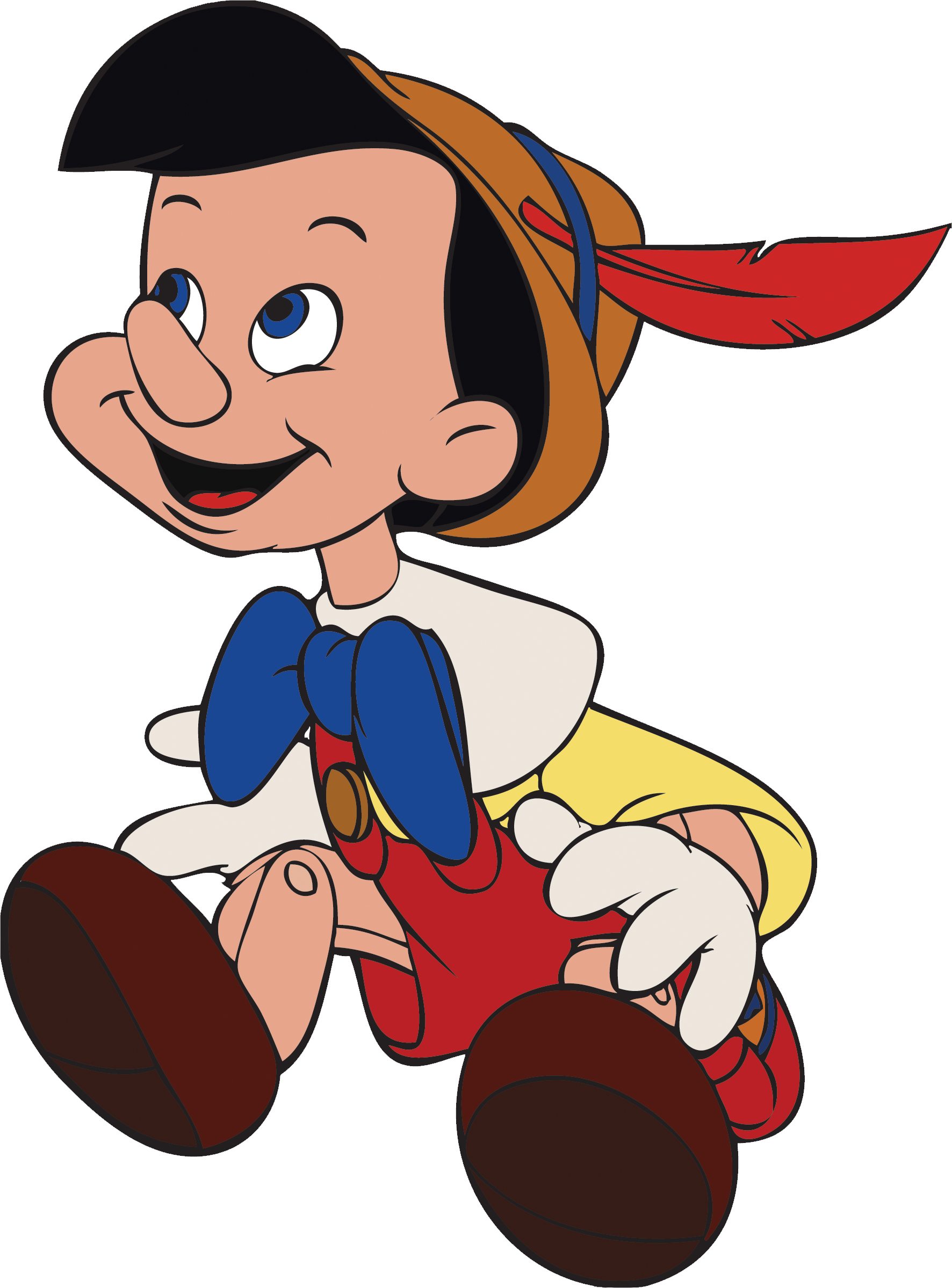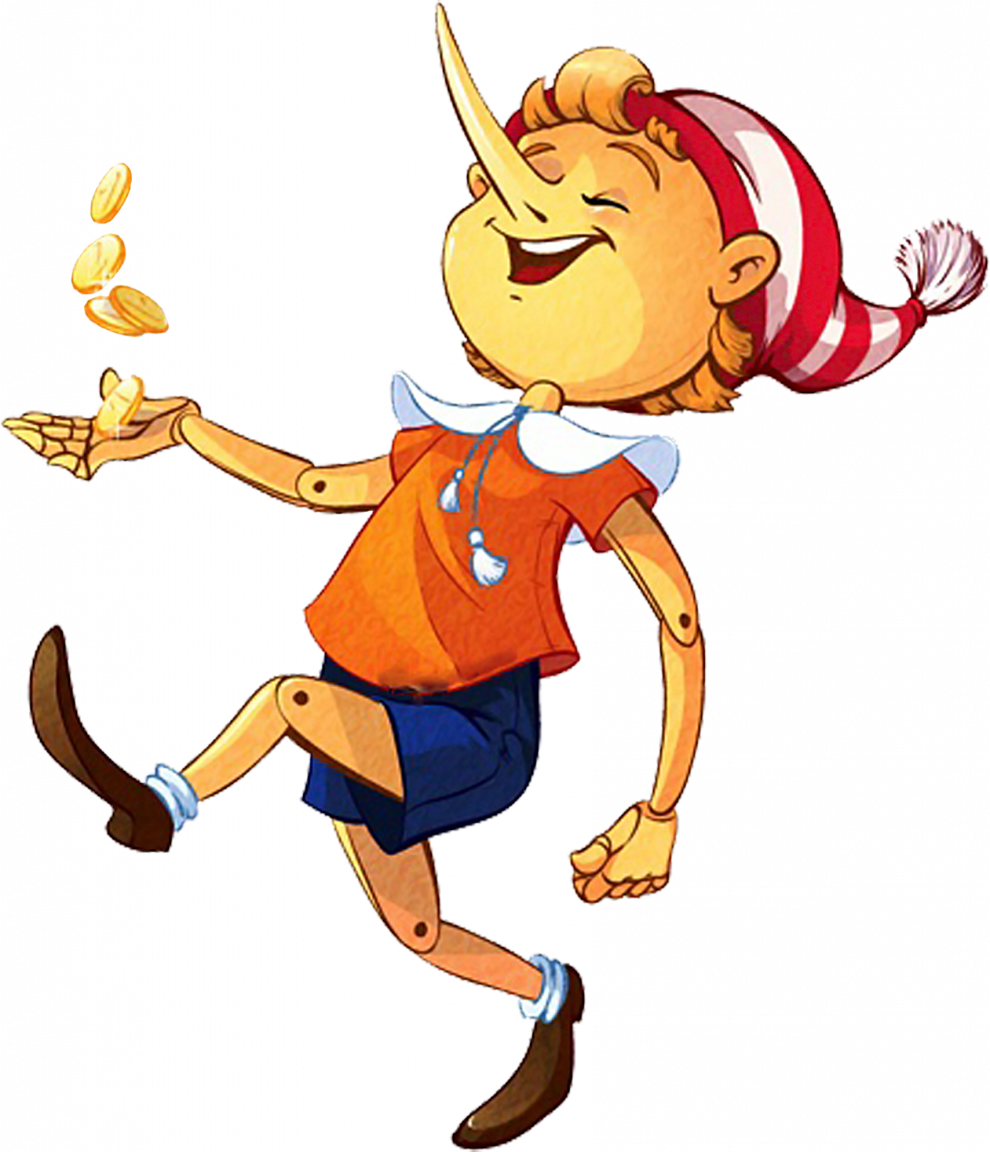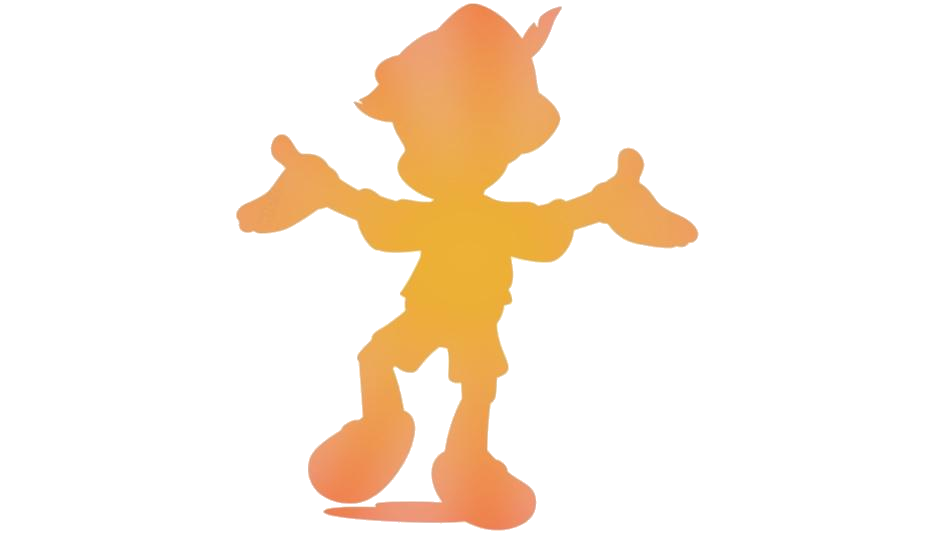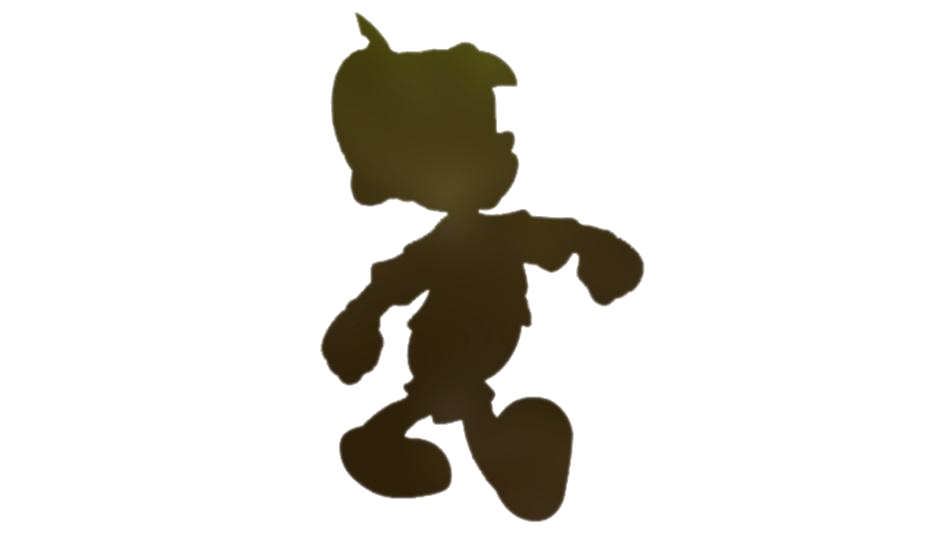Download top and best high-quality free Pinocchio PNG Transparent Images backgrounds available in various sizes. To view the full PNG size resolution click on any of the below image thumbnail.
License Info: Creative Commons 4.0 BY-NC
Pinocchio is a fictitious character and the protagonist of Carlo Collodi of Florence, Tuscany’s children’s novel The Adventures of Pinocchio (1883). In a Tuscan hamlet, a woodcarver named Geppetto sculpted Pinocchio. He was made to be a wooden puppet, but he aspires to be a real boy. He is notable for his penchant for lying, which causes his nose to expand.
Pinocchio is regarded as a cultural figure. He’s become one of children’s literature’s most reimagined characters. His narrative has been translated into a variety of media, including the Disney film Pinocchio from 1940. In his novel, Collodi frequently employed the Tuscan vernacular of Italy.
The name Pinocchio is a combination of the Italian words pino (pine) and occhio (eye); Pino is also an abbreviation of Giuseppino, the diminutive for Giuseppe (the Italian form of Joseph); Giuseppe Aiazzi, a prominent Italian manuscript specialist who supervised Collodi at the Libreria Piatti bookshop in Florence, was one of the men who greatly influenced Collodi in his youth. Pinocchio’s inventor and “father,” Geppetto, is a diminutive of Geppo, the Tuscan pronunciation of ceppo, which means log, stump, block, stock, or stub.
The way Pinocchio is portrayed varies depending on the adaptation. Still, there are a few things that are similar throughout all of them: Pinocchio is a puppet, and his maker is Geppetto. When he lies, Pinocchio’s nose expands.
Pinocchio has a small nose that becomes larger when he is stressed (chapter 3), especially lying. Collodi refers to him as a “rascal,” “imp,” “scapegrace” (mischievous or wayward person), “disgrace,” “ragamuffin,” and “proven rogue” in the original story, with his father, carpenter Geppetto, calling him a “wretched kid.” Pinocchio’s first act is to laugh mockingly in his creator’s face, after which he takes the older man’s wig.
Pinocchio’s poor behavior is supposed to act as a warning rather than being charming or lovable. Collodi intended the story to be a tragedy when it was first published in 1881. It came to a close with the execution of the puppet. The Fox and the Cat, Pinocchio’s foes, bound his arms, tie a rope around his neck, and hang him from an oak tree limb.
A ferocious northerly wind blew and roared fiercely, slamming the poor puppet from side to side and causing him to swing uncontrollably, like a wedding bell clanging. And the swinging caused him to have terrible spasms. He couldn’t say anything else since his air had run out. He hung stiff and insensible after closing his eyes, opening his lips, stretching his legs, giving a long shudder.
Pinocchio is a wooden marionette (a puppet controlled by wires) rather than a hand puppet (controlled directly from the inside by the puppeteer’s hand). Pinocchio moves freely because the piece of wood from which he is created is animated. He is essentially decent, but he is easily swayed by bad company and is prone to lying.
Once he starts lying to others, his nose will get larger and longer. He frequently gets himself into problems as a result of these qualities. Throughout the story, Pinocchio transforms: he tells The Fairy with Turquoise Hair that he will become a real boy, flees with Candlewick to the Land of Toys, transforms into a donkey, joins a circus, and transforms back into a puppet. Pinocchio ultimately quits being a puppet and becomes a real kid in the last chapter, when he emerges from the jaws of The Terrible Dogfish alongside Geppetto (thanks to the Fairy’s intervention in a dream).
Download Pinocchio PNG images transparent gallery.
- Pinocchio PNG Background
Resolution: 1399 × 1589
Size: 44 KB
Image Format: .png
Download
- Pinocchio PNG Clipart Background
Resolution: 800 × 1048
Size: 325 KB
Image Format: .png
Download
- Pinocchio PNG Clipart
Resolution: 1000 × 562
Size: 782 KB
Image Format: .png
Download
- Pinocchio PNG Cutout
Resolution: 1277 × 899
Size: 530 KB
Image Format: .png
Download
- Pinocchio PNG Download Image
Resolution: 934 × 534
Size: 162 KB
Image Format: .png
Download
- Pinocchio PNG File Download Free
Resolution: 850 × 822
Size: 253 KB
Image Format: .png
Download
- Pinocchio PNG File
Resolution: 865 × 815
Size: 262 KB
Image Format: .png
Download
- Pinocchio PNG Free Download
Resolution: 640 × 1280
Size: 223 KB
Image Format: .png
Download
- Pinocchio PNG Free Image
Resolution: 2050 × 1144
Size: 51 KB
Image Format: .png
Download
- Pinocchio PNG HD Background
Resolution: 1140 × 913
Size: 584 KB
Image Format: .png
Download
- Pinocchio PNG HD Image
Resolution: 786 × 743
Size: 148 KB
Image Format: .png
Download
- Pinocchio PNG HD Quality
Resolution: 854 × 962
Size: 49 KB
Image Format: .png
Download
- Pinocchio PNG High Quality Image
Resolution: 894 × 894
Size: 222 KB
Image Format: .png
Download
- Pinocchio PNG Image File
Resolution: 640 × 480
Size: 217 KB
Image Format: .png
Download
- Pinocchio PNG Image HD
Resolution: 1024 × 993
Size: 863 KB
Image Format: .png
Download
- Pinocchio PNG Image
Resolution: 755 × 1044
Size: 557 KB
Image Format: .png
Download
- Pinocchio PNG Images HD
Resolution: 1270 × 1280
Size: 51 KB
Image Format: .png
Download
- Pinocchio PNG Images
Resolution: 1054 × 1635
Size: 662 KB
Image Format: .png
Download
- Pinocchio PNG Photo Image
Resolution: 1126 × 982
Size: 1384 KB
Image Format: .png
Download
- Pinocchio PNG Photo
Resolution: 1187 × 1185
Size: 1119 KB
Image Format: .png
Download
- Pinocchio PNG Photos
Resolution: 1648 × 1920
Size: 125 KB
Image Format: .png
Download
- Pinocchio PNG Pic Background
Resolution: 934 × 534
Size: 55 KB
Image Format: .png
Download
- Pinocchio PNG Pic
Resolution: 640 × 720
Size: 209 KB
Image Format: .png
Download
- Pinocchio PNG Picture
Resolution: 934 × 534
Size: 69 KB
Image Format: .png
Download
- Pinocchio PNG
Resolution: 2000 × 2190
Size: 1903 KB
Image Format: .png
Download
- Pinocchio Transparent File
Resolution: 1543 × 1543
Size: 864 KB
Image Format: .png
Download
- Pinocchio Transparent Free PNG
Resolution: 1280 × 949
Size: 295 KB
Image Format: .png
Download
- Pinocchio Transparent Image
Resolution: 934 × 534
Size: 82 KB
Image Format: .png
Download
- Pinocchio Transparent Images
Resolution: 934 × 534
Size: 118 KB
Image Format: .png
Download
- Pinocchio Transparent PNG
Resolution: 765 × 846
Size: 126 KB
Image Format: .png
Download
- Pinocchio Transparent
Resolution: 746 × 979
Size: 606 KB
Image Format: .png
Download
- Pinocchio
Resolution: 1166 × 626
Size: 1166 KB
Image Format: .png
Download
- Pinocchio Background PNG Image
Resolution: 1772 × 2398
Size: 1561 KB
Image Format: .png
Download
- Pinocchio Background PNG
Resolution: 990 × 1152
Size: 954 KB
Image Format: .png
Download
- Pinocchio Download Free PNG
Resolution: 934 × 534
Size: 113 KB
Image Format: .png
Download
- Pinocchio No Background
Resolution: 934 × 534
Size: 87 KB
Image Format: .png
Download

